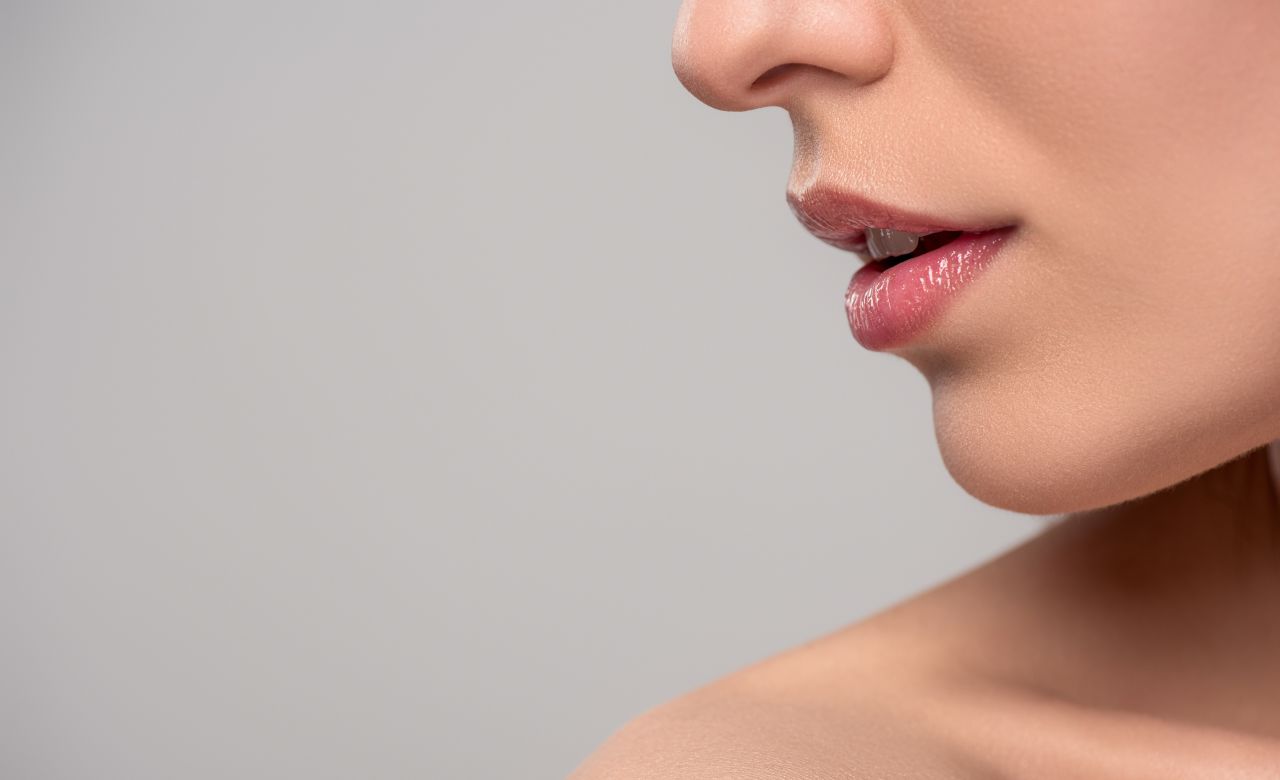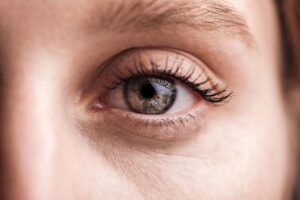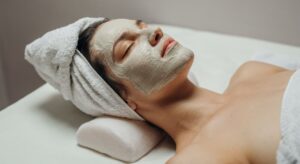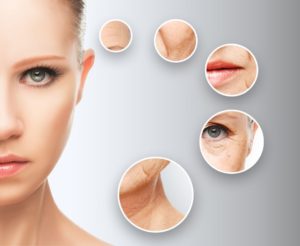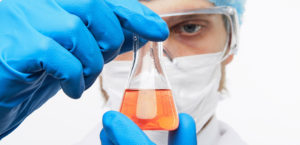Full, voluptuous lips are a facial feature that can add youthfulness and beauty to even the most attractive person. If you’re considering lip fillers, take a look at the ins and outs of how they are done, which areas can be enhanced, and what FDA-approved substance is most commonly used.
How Lip Fillers Are Done
Lip filler products consist of a gel-like, smooth formula that can be injected in small or large amounts in order to plump, define, and correct lip shape. Some of the most common reasons why people get lip fillers include:
- Loss of volume due to aging
- Lack of volume due to genetics
- Asymmetry due to genetics or trauma
- The desire for better lip definition
- To alter lip shape to something more desirable
The technique for injecting fillers into the lips involves knowing the correct depth of injection and moving the needle properly to evenly disperse the filler. Extensive knowledge of lip anatomy is also essential to creating the patient’s desired look.
Lip Anatomy: Areas Where Fillers Are Injected
The upper and lower lips have several distinct regions where fillers are generally injected. The upper lip vermillion is the name given to the upper lip. This lip should be 1/3 smaller than the lower vermillion, or lower lip.
Most often, the upper lip is the area where fillers are desired. This is because the upper lip shows the most volume loss as the aging process progresses.
The upper lip area extends from the lower portion of the upper lip to the bottom of the philtum, or the region between the upper lip and nostrils. Vertical lipstick lines are most often the age-related concern in this facial area.
The upper and lower lip borders are called the vermillion borders. These margins can be injected with fillers to create a more defined shape. This can make the lips “pop” as a facial feature, which is very appealing to many filler recipients.
The oral commissure is the area on both sides of the mouth where the lips meet, often called the corners of the mouth. Fillers can help raise and fill these areas to disguise the effects of aging such as creases and volume loss.
An area called the “cupid’s bow” is an especially popular area for cosmetic lip enhancement. This area is the curved, center region of the upper lip. The border can be better defined with fillers, and patients often want volume added to this area as well.
FDA Approved Fillers
Several brands are approved for use in the lips and surrounding facial areas. The most commonly used formula is made from hyaluronic acid (HA). HA fillers help bind moisture to the HA molecules, providing an increase in both volume and hydration in the lips. These fillers last anywhere from 4-6 months, and they feel soft and natural.
Some formulas contain lidocaine, or a numbing substance, to help make injection more comfortable. Prior to injection, your medical professional can also apply ice or topical lidocaine cream to the injection sites. Bruising and swelling are normal side effects after injection, and can last up to a week.
Get Lip Fillers in Manhattan and Long Island, New York
James Christian Sardelli, RPA-C has been providing beautiful results with a gentle touch for over a decade in the New York City and Long Island areas. With several locations to serve you, there’s always an office close by.
See James’ before & after gallery by clicking here, and then text him or give him a call at (917) 860-3113.
*Information in this article is not medical advice and may not be factually accurate. It is intended for entertainment purposes only. Consult with a physician before attempting any tips in this blog post and to get the most up to date factual data about any procedure or treatment.

